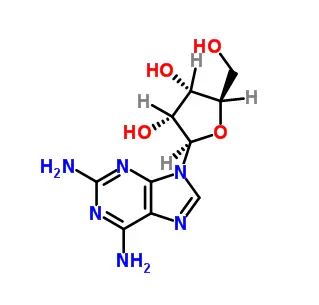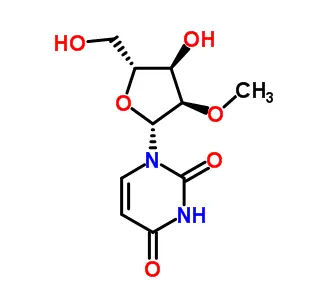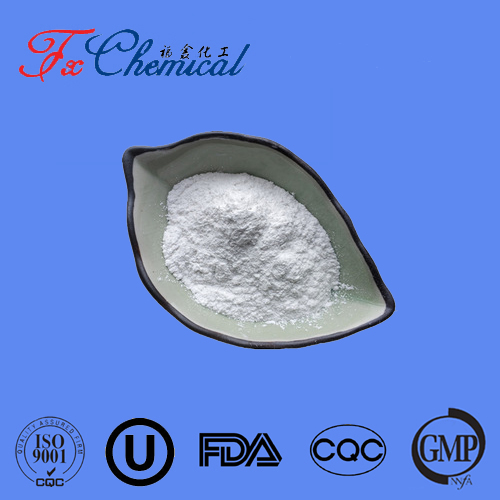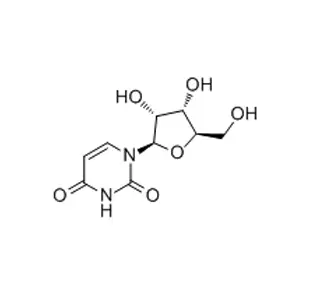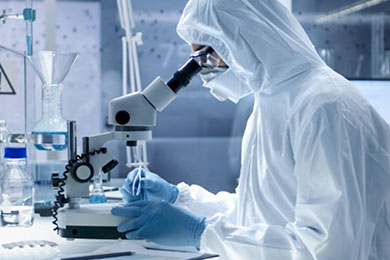
Search

Search

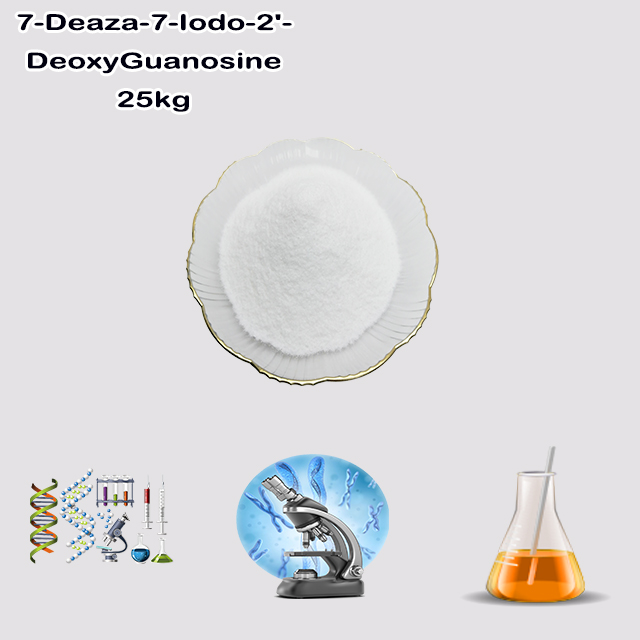
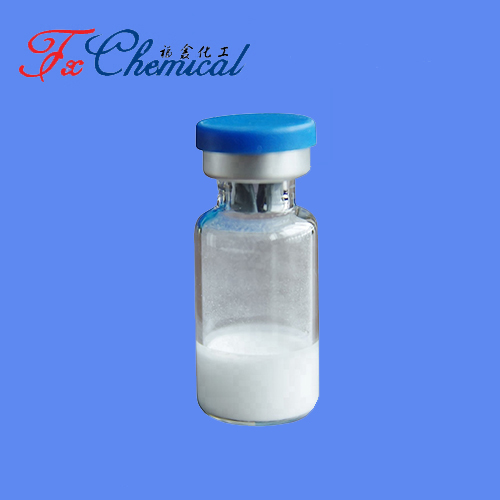
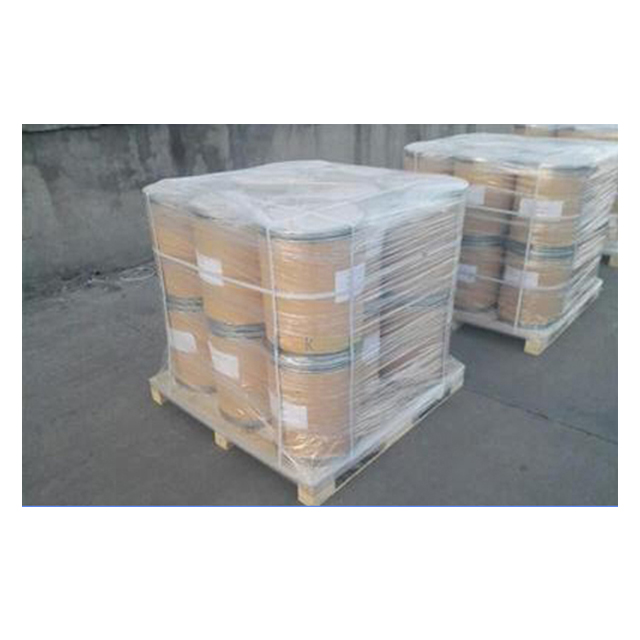
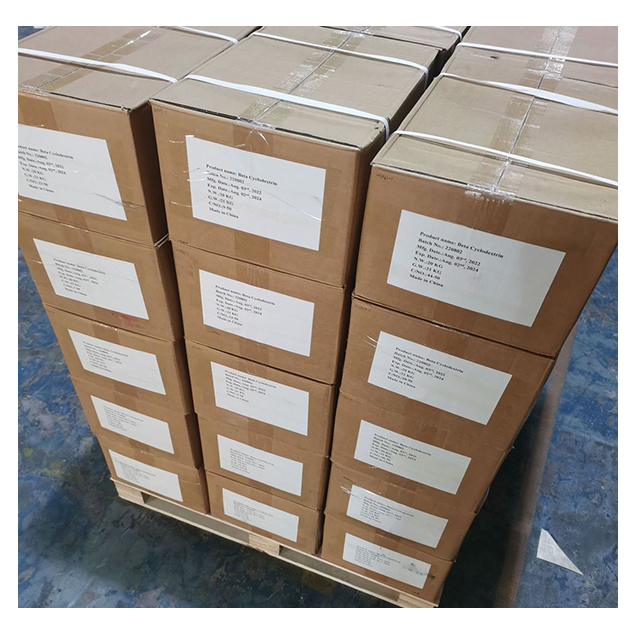
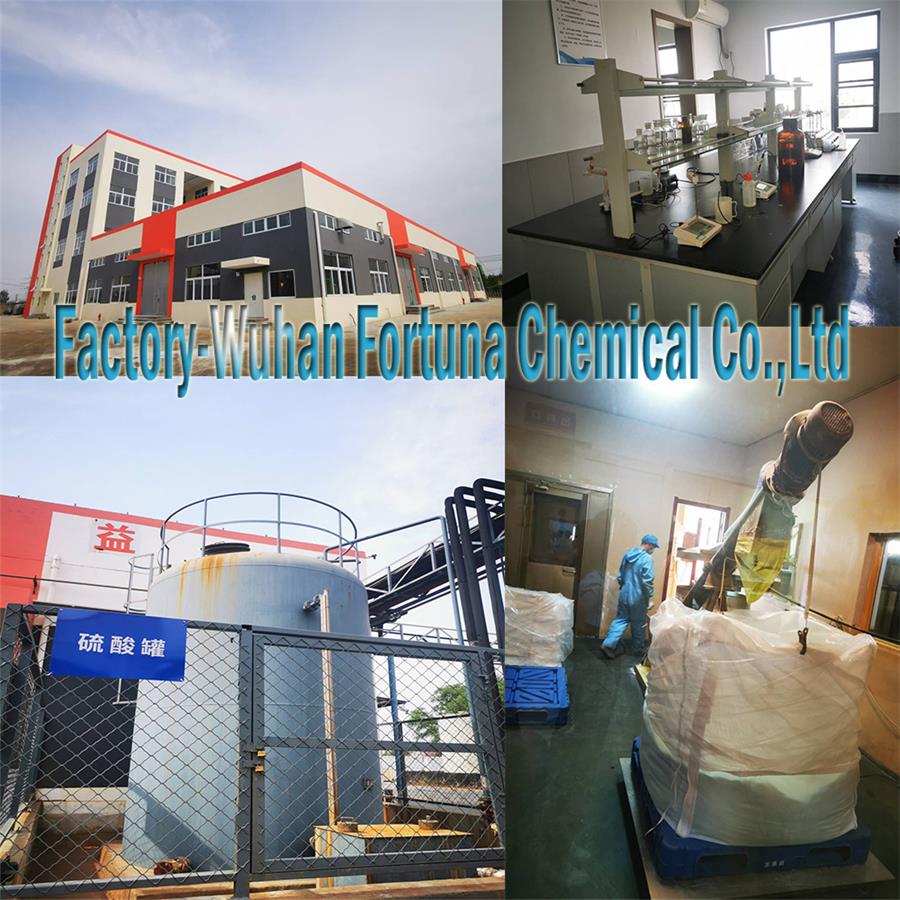





Core: A synthetic analog of natural DNA building block deoxyguanosine (dG).
Modifications:
7-Deaza: Carbon-7 in guanine is replaced by nitrogen (N7).
7-Iodo: An iodine atom is attached to N7.
Key Applications:
X-ray Crystallography: The iodine acts as a heavy atom to solve nucleic acid structures.
Chemical Handle: The C-I bond enables site-specific attachment of probes (fluorophores, biotin) via cross-coupling reactions (e.g., Sonogashira).
Photo-Crosslinking: UV light cleaves the C-I bond, generating a reactive radical to trap interacting partners.
Research Tool: Studies polymerase fidelity, guanine N7's role in protein binding/G-quadruplex stability, and enzyme mechanisms. CAS: 133432-73-2.
7-Deaza-7-Iodo-2'-Deoxyguanosine (7-Iodo-7-deaza-dG) is a synthetic analog of the natural DNA nucleoside 2'-deoxyguanosine (dG). It features two key modifications to the guanine base:
7-Deaza Modification: The carbon atom at position 7 (C7) of the purine ring is replaced by a nitrogen atom (N7). This disrupts the normal electron distribution and hydrogen bonding pattern of the base.
7-Iodo Modification: An iodine atom (I) is attached to the nitrogen now occupying position 7 (N7).
Here's a breakdown of its structure and significance:
Core Scaffold: 2'-Deoxyribose sugar (same as in natural DNA).
Base Modifications:
7-Deazaguanine: The base is derived from 7-deazaguanine (a pyrrolo[2,3-d]pyrimidine scaffold).
7-Iodo Substitution: The iodine atom is directly bonded to the N7 position of this modified base.
Chemical Formula: C₁₁H₁₃IN₄O₄
Molecular Weight: 392.15 g/mol
CAS Number: 133432-73-2
Key Properties and Applications (Primarily in Research):
Heavy Atom for Crystallography: Like its adenosine counterpart, the iodine atom acts as a "heavy atom" for X-ray crystallography. Its strong anomalous X-ray scattering is crucial for solving the phase problem, enabling the determination of high-resolution 3D structures of DNA or RNA oligonucleotides containing this modified nucleoside. This is its most common application.
Reactive Handle for Functionalization: The carbon-iodine (C-I) bond at N7 is relatively stable but can be selectively activated using transition metal catalysis (e.g., Sonogashira coupling, Suzuki coupling). This allows site-specific post-synthetic modification of oligonucleotides. Fluorophores, biotin, affinity tags, or other functional groups can be attached for applications like fluorescence labeling, pull-down assays, or sensor development.
Photo-Crosslinking: Upon irradiation with UV light (typically ~300-320 nm), the C-I bond can undergo homolytic cleavage, generating a highly reactive carbon-centered radical at position 7. This radical can rapidly form covalent bonds with nearby molecules (proteins, other nucleic acid strands, ligands), enabling photo-crosslinking studies to probe nucleic acid structure, dynamics, and interactions (e.g., protein-DNA/RNA complexes).
Base Pairing and Enzymology Studies:
DNA/RNA polymerase recognition, fidelity, and bypass mechanisms.
The role of guanine N7 in enzyme catalysis (e.g., methyltransferases, glycosylases).
The stability and formation of non-canonical structures (e.g., G-quadruplexes, where N7 is critical).
The 7-deaza modification removes the N7 atom, a key hydrogen bond acceptor involved in Hoogsteen base pairing and major groove interactions with proteins.
The bulky iodine atom introduces steric hindrance.
While it primarily pairs with cytosine (C) via Watson-Crick hydrogen bonding (N1-H...N3, O6...H-N4), its pairing efficiency and fidelity are generally reduced compared to natural dG.
These properties make it a valuable tool for studying:
Telomerase Inhibition Studies: 7-Deazaguanine derivatives have been explored as potential telomerase inhibitors. While the iodo derivative itself might not be the primary drug candidate, it serves as a precursor for synthesizing other modified nucleosides/tides tested in this context.
Sequencing & Diagnostics: Similar to the dA analog, it has niche applications in sequencing methodologies (e.g., to resolve compressions) or as a component in diagnostic probes where its modified properties or the attached functional group are beneficial.
Key Differences Compared to 7-Deaza-7-Iodo-dA:
Base Pairing Partner: Pairs with C (cytosine) instead of T (thymine).
Hydrogen Bonding Pattern: Lacks the Hoogsteen face acceptor (N7) crucial for many G-specific interactions.
Role in Structures: N7 is essential for G-quadruplex stability; its removal significantly destabilizes these structures.
Electronic Effects: The electron-withdrawing carbonyl group at C6 in guanine influences the electronic environment differently than the amino group at C6 in adenine.
Enzyme Interactions: Targets enzymes that interact with guanine (e.g., telomerase uses dGTP as a substrate; many repair enzymes target guanine lesions).
In Summary:
7-Deaza-7-Iodo-2'-deoxyguanosine is a chemically modified DNA building block. Its primary value lies in the iodine atom, serving as a heavy atom for X-ray crystallography to solve nucleic acid structures and as a versatile chemical handle for attaching probes or enabling photo-crosslinking. The 7-deaza modification facilitates iodine attachment and alters the base's electronic properties and recognition. It is a powerful research tool in structural biology, bioconjugation, and studying guanine-specific processes in nucleic acid enzymology and interactions.

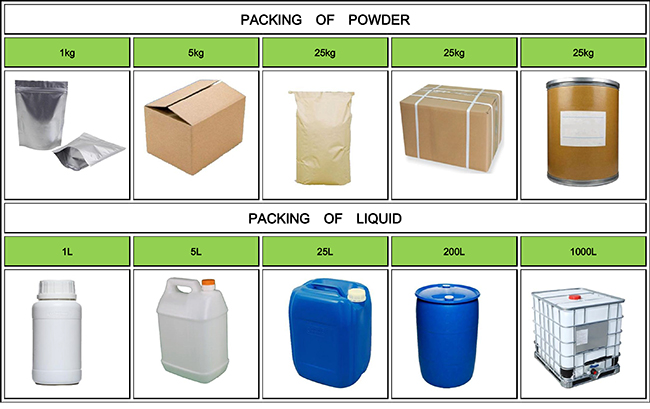
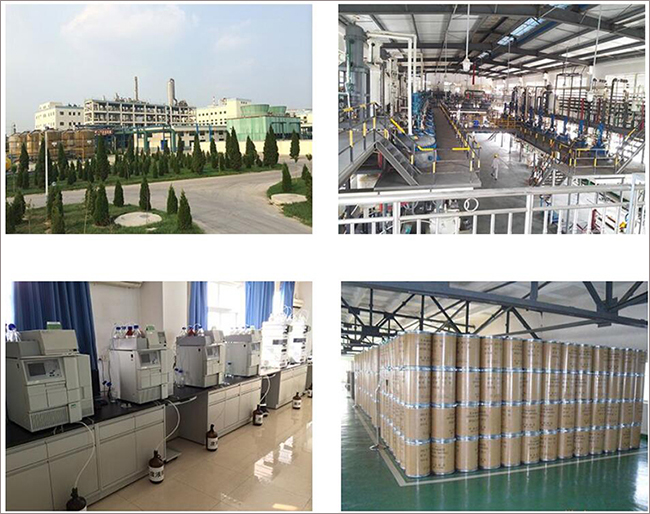

Fortunachem Provides Not Only Professional Chemical Products But Also Professional Help
Keeping you up-to-date with all the latest information, news, and events about Fortunachem!

Quick Links
Add:
E-mail:
 English
English  Español
Español  français
français  العربية
العربية 